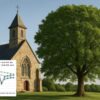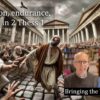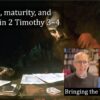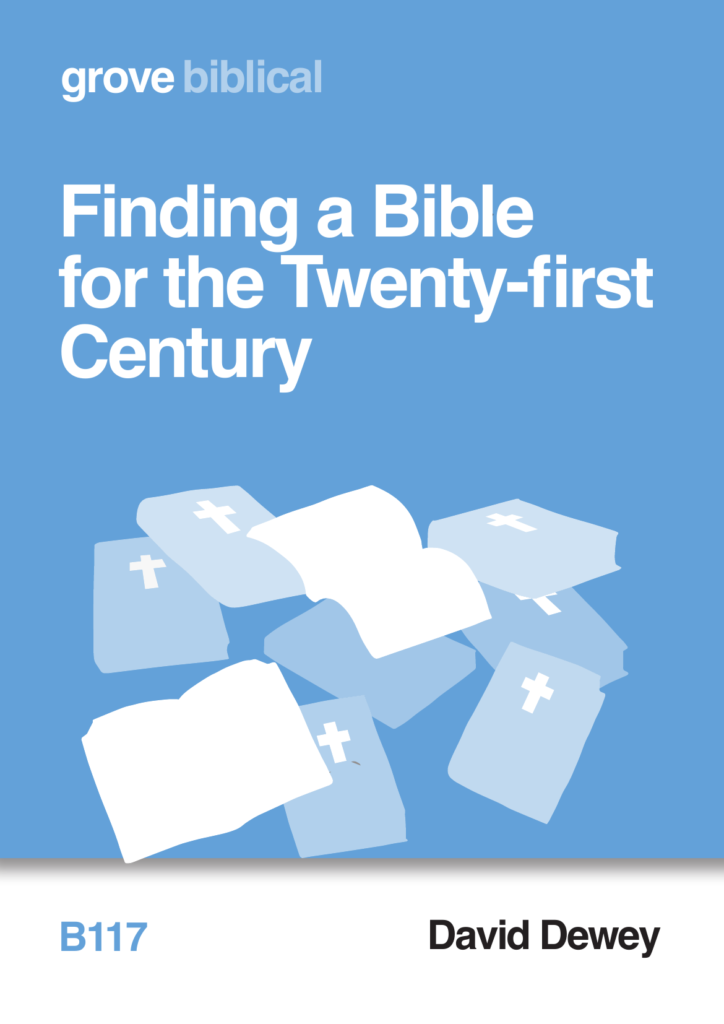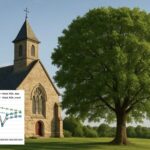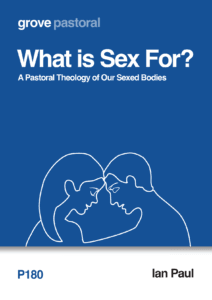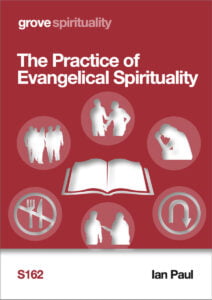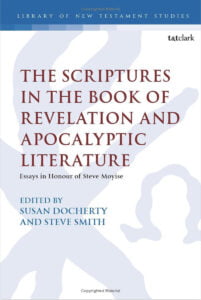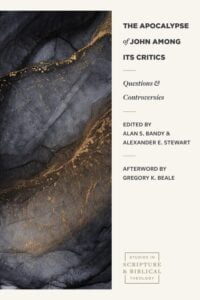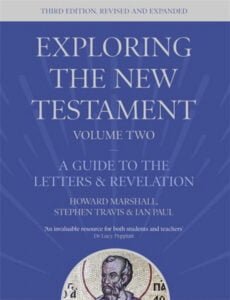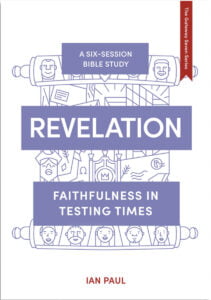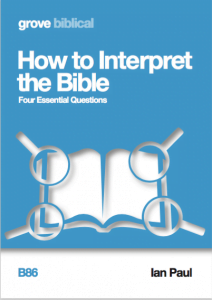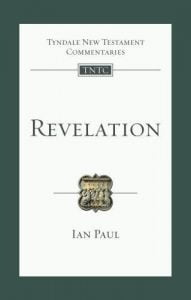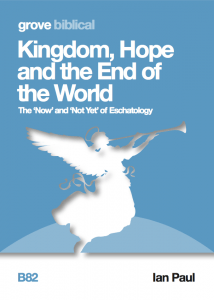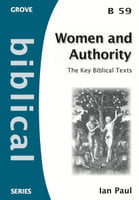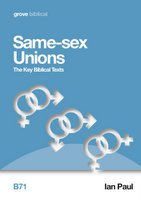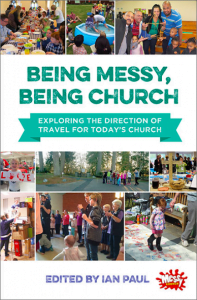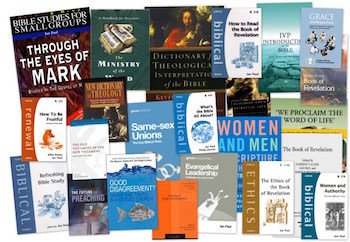Gospel commentary index Lectionary Year A
On this page, you can find an index to all the commentary articles on the gospel lectionary readings for the whole of Year A, together with links to the video discussions between Ian and James. The articles will be reposted with updates during the year—but they are listed here for convenience and planning ahead.
Is the Church of England growing—again?
Marginally later than in some previous years, the full details of the annual returns on attendance for the Church of England has been published (‘Statistics for Mission’). This is in two parts, both linked here: a report, giving the main statistics and trends, helpfully illustrated with graphs; and the detailed breakdown by diocese in a serious of spreadsheets. Both are worth looking at. Thanks as ever to Ken Eames in Church House for their production.
Preliminary figures were released in June, and I commented on them then. As Ken had predicted, the overall picture has not shifted; the early data is a reliable indicator of the full picture, but this report comes with more detailed analysis and reflection.
So, what is the headline? According to the press release on the Church of England website, it is:
Attendance at Church of England churches rises for the fourth year in a row
The overall number of regular worshippers across the Church of England’s congregations rose to 1.009 million in 2024, a rise of 0.6 per cent, according to the annual Statistics for Mission findings.
It was the second year in a row in which the Church of England’s “worshipping community” – the combined number of regular members of local congregations – has stood above a million since the Covid-19 pandemic.
All age average attendance on a Sunday also rose 1.5 per cent to 581,000 in 2024, extending rises over recent years.
And overall attendance across the week edged upwards by 1.6 cent in a year, and stood at just over 702,000 last year, according to the figures.
The increase was driven by a recovery in attendance by adults (over 16), among whom average Sunday attendance was up by 1.8 per cent and weekly attendance rose by 1.8 per cent.
I understand that one of the roles of Comms is to take the most positive angle on any story—but, as with the press release last year, the headline is deeply misleading. I sincerely hope we don’t have the same ecstatic claims from church leaders about ‘growing for the first time in 100 years’ or some such. That is all misleading—and is suggests that church leaders are in denial of reality. Unless you admit the problem, you cannot solve it.
Zacchaeus meets Jesus in Luke 19
The lectionary reading for the Fourth Sunday before Advent in Year C is the story of Zacchaeus’ encounter with Jesus in Luke 19.1–10, a story found only in this gospel. Video discussion of the passage can be found here, and is posted at the end.
The epistle for this week is the challenging passage of Paul in 2 Thess 1. Video discussion of that passage can be found here, and is also posted at the end.
This short narrative account of Jesus meeting Zacchaeus has all the elements that make it a perfect Sunday-school story—the witty irony of the ‘big’ man who is too small to see over the crowds; the visual humour of his climbing the tree to see Jesus; the personal touch of Jesus inviting himself to Zacchaeus’ house ‘for tea’ (in the words of the song); and the dramatic change as Zacchaeus offers to give away his ill-gotten gains. So, we might conclude, they all lived happily ever after.
But the story also contains both practical and theological questions. Is Zacchaeus portrayed here as an insider or an outsider? Will he really pay back ‘four times over’ those he has cheated, and why? And (where) do we see the moment of repentance?
Luke is now reaching the end of his ‘journey’ narrative of Jesus’ ministry that began in Luke 9.51. As he does so, details of location become more specific and realistic; in Luke 18.35 he is ‘approaching Jericho’ and in this episode he has now entered Jericho and is passing through. In contrast to some previous references to location, this is quite realistic; Jesus has travelled South along the Jordan valley, and will now turn West and climbs into the hills of Judea to reach Jerusalem. This means that the sense of divine imperative is increasing (see Luke 18.31); Jesus alludes to this in his response to Zacchaeus ‘I must stay at your house today’. But it also gives a strengthening sense of the connection between successive narrative episodes. The character of Zacchaeus has much in common with the rich (young) ruler (ἄρχων) in Luke 18.18—he is rich (balsam was a product of Jericho, and trade on it would be taxed), he is a ‘ruler’ (ἀρχιτελώνης, ruling tax collector), and the description of Zacchaeus as ‘short’ could suggest youth (compare Matt 19.20). There are significant differences too, in that the ‘ruler’ has kept the commandments, whereas Zacchaeus is perceived to be a ‘sinner’.
Tribulation, endurance, and hope in 2 Thessalonians 1 video discussion
In the Fourth Sunday before Advent in Year C, we are starting a short series reading through 2 Thessalonians, and this week’s reading is the whole of Chapter 1. It…
The idiocy of the LLF process
Joshua Penduck writes: On a cold and wet evening sometime in early 2021, my church’s ministry and management team met on Zoom to discuss the first chapter of the then…
Can pastoral ministry be re-united with theological thinking?
One of the perennial features of theological study and preparation for Christian ministry has been the yawning chasm between scholarship and church leadership over the last century or two. The…
The pharisee and the tax collector in Luke 18
The gospel lectionary reading for the so-called Last Sunday after Trinity in Year C is Luke 18.9–14, the parable of the Pharisee and the Tax-collector, and the epistle is 2…
Paul sees his death within God’s purposes in 2 Tim 4 video discussion
The lectionary reading for the so-called last Sunday after Trinity is 2 Tim 4.6–8 and 16–18. As sometimes happens, the lectionary omits important verses which you should read! This passage…
The end of the Church of England dispute on sexuality?
On Wednesday at about a quarter to five, the House of Bishops released a very significant statement, following their meeting the previous week in which they spent six and a…
Is the Archbishop of Canterbury head of the Church and the Communion?
Martin Davie writes: The announcement of the choice of the Bishop of London, Dame Sarah Mullally, to be the next Archbishop of Canterbury has been accompanied by frequent references to…
Is God like the Unjust Judge in Luke 18?
The Sunday lectionary gospel reading for Trinity 18 in Year C is the Parable of the Unjust Judge and the Persistent Widow from Luke 18.1–8. A surface reading, confirmed by…
Scripture, maturity, and ministry in 2 Tim 3–4 video discussion
The lectionary epistle for Trinity 18 is 2 Timothy 3.14—4.5, perhaps the most theological dense passage of all Paul’s writings. He makes one of his clearest theological claims about the…


